Along the eastern Mediterranean coast, just a 45-minute drive south from Beirut, is the city of Sidon, Lebanon. Also known as Saida, Sidon boasts stunning sea views and a strong cultural heritage. It also has a long and rich history dating back to the Phoenician era. The city has been ruled by various civilizations and played a major role in the history of the eastern Mediterranean.

Founded around 4000 BC by the Phoenicians, Sidon has been a hub of commerce and culture for thousands of years. Throughout its history, Sidon fell under the rule of several civilizations, including the Persians, Greeks, Romans, and Ottoman Turks. The city also played a vital role in the ancient world, serving as a major center for trade, shipbuilding, and glass production.

The city’s strategic location on the Mediterranean coast made it a prime target for conquerors, and it has been the site of many battles and invasions. Despite its tumultuous history, Sidon has remained a vibrant center of culture and commerce.
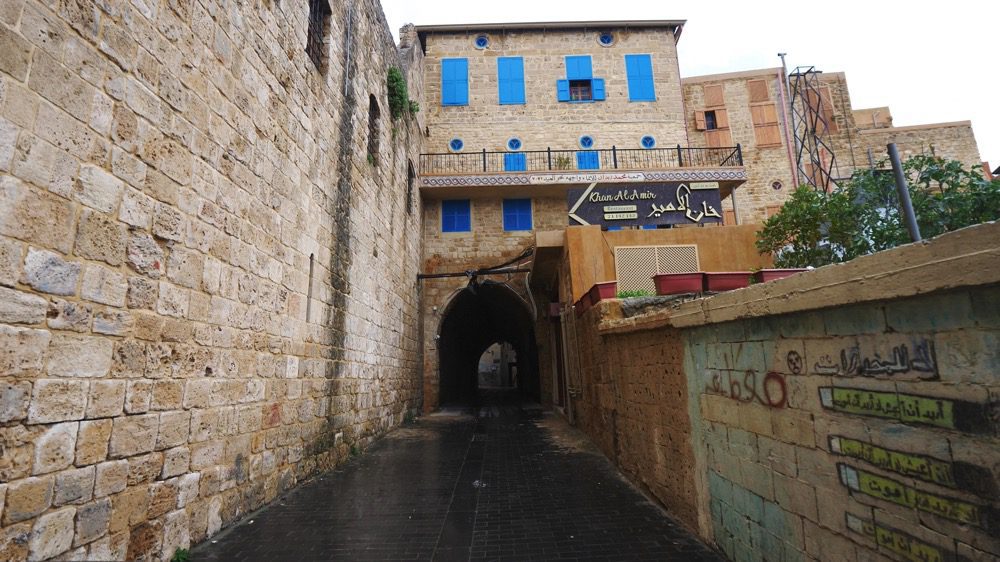
Today, Sidon is a bustling city with a thriving port, lively markets, and a rich arts scene. Visitors to Sidon can explore its historical sites, including the ruins of the ancient city of Tyre and the Crusader castle of Sidon. The bustling souks, or markets, are also a hub of activity and offer a glimpse into the daily life of the local residents.

The city is also known for its seafood. Travelers shouldn’t miss the opportunity to enjoy fresh catches from the Mediterranean at one of the city’s many seafood restaurants. I got to explore it all with my friend and guide Nicolas from Lebanese Explorers!
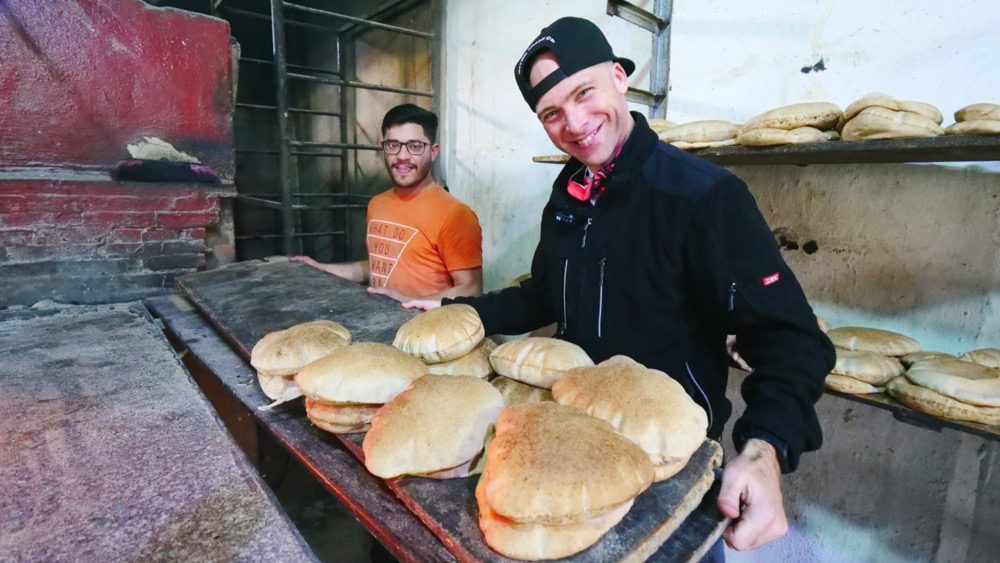
Whether you’re a history buff, a foodie, or simply looking for a unique travel experience, Sidon, Lebanon, is a city you should not miss. So, pack your bags and let’s embark on an exciting journey to discover the hidden gems of Sidon, Lebanon.

No stop in Sidon, Lebanon is complete without trying the city’s famous local sweets. To try them, head over to Al Baba Sweets, a legendary bakery in town. It’s actually more of a factory than a bakery, and produces dozens of confections to whet your sweet tooth!
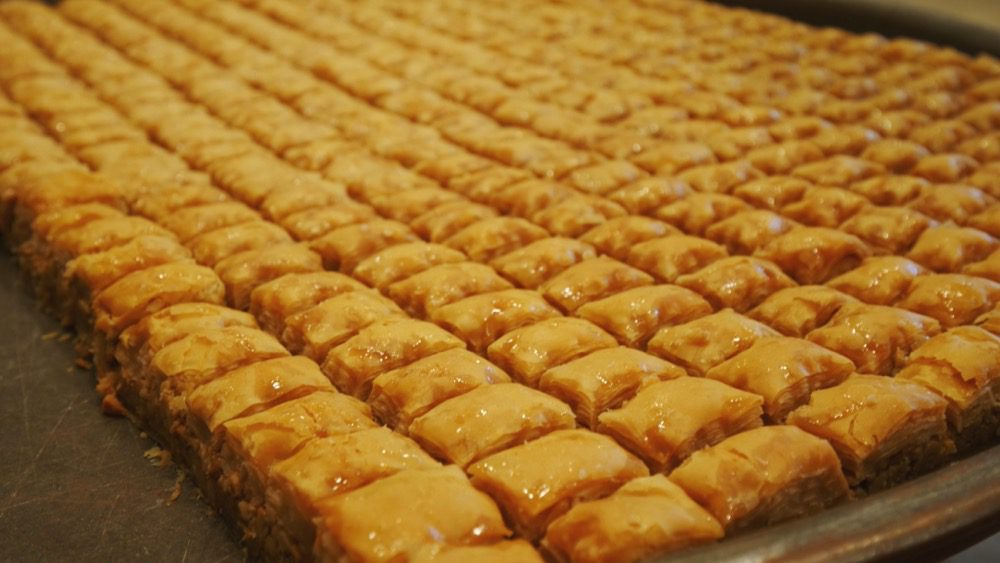
I highly recommend the sanyoura, a Sidon specialty. It’s a type of flaky cookie or biscuit with nutty pistachios inside. Another cookie you must try is the ma’amoul, a type of butter cookie filled with dried fruit. These cute little morsels are usually decorated with intricate designs. They have many filling varieties at Al Baba Sweets, including date, apricot, fig, walnut, orange, and more!
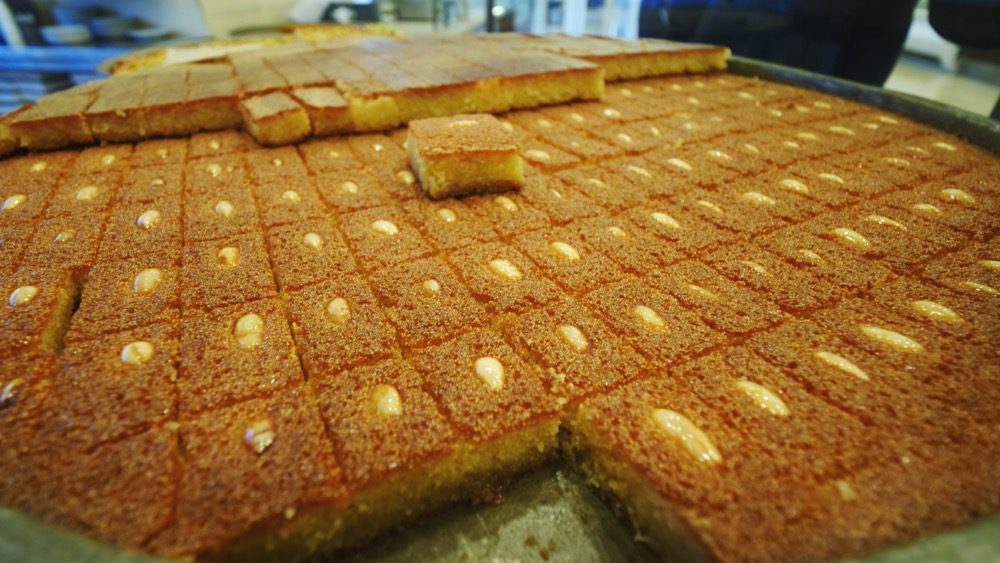
I also loved the namoura. It’s made with semolina flour, honey, a sugar syrup called after, and one of my favorite ingredients, rose water. It tastes like a dense, sweet cake and is an absolute must!
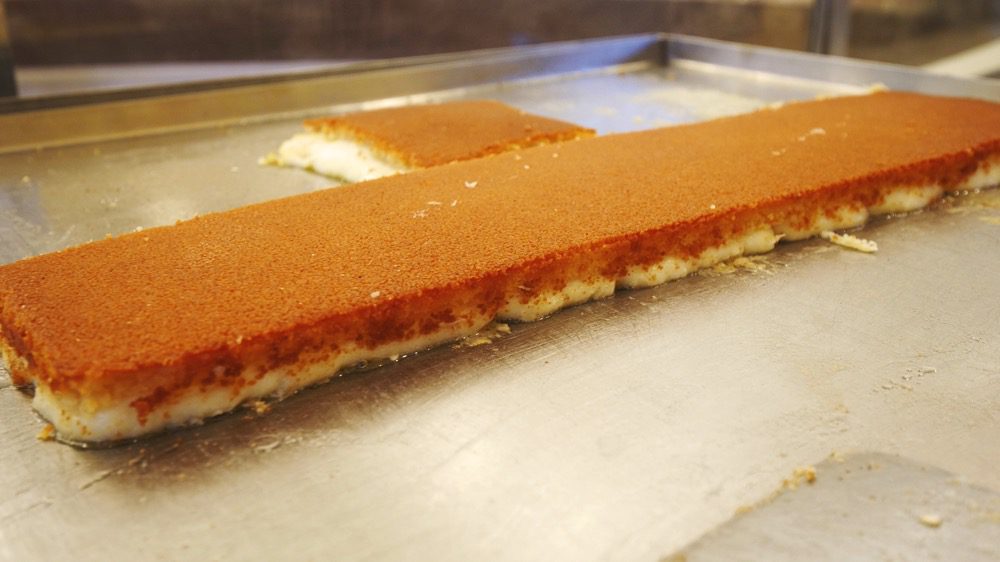
But the star of the show is the knafeh. This mouthwatering snack is popular throughout the Middle East and is made from semolina or phyllo dough. They stuff it with cheese and top it with sugar syrup! It’s sweet, gooey, and savory, with a crispy exterior. You can even get it stuffed in some crispy ka’ak bread!
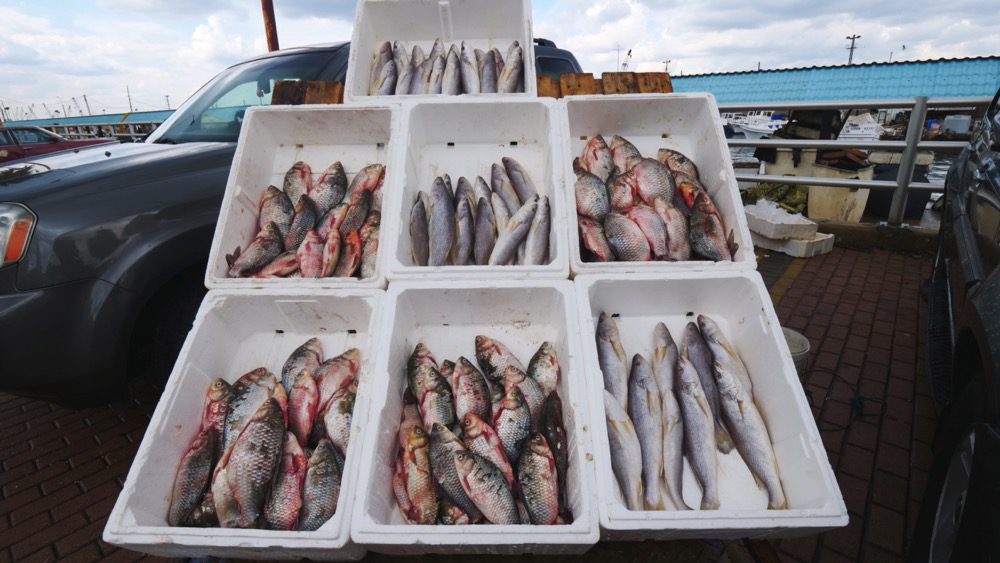
As the fourth-largest city in the country, Sidon is among the most exciting in Lebanon. It’s a bustling coastal town, and one of the best places to visit is the port! At the Port of Sidon, you can meet vendors and also view the city’s famous coastal citadel, Sidon Sea Castle.

The local souk, or market, is located along narrow, winding alleys between historical buildings. Many of the buildings have stood for hundreds of years. Others include shops, apartments, and beautiful mosques. I even met a man who sells a sweet, crumbly cake called sfouf, made from almonds and saffron.
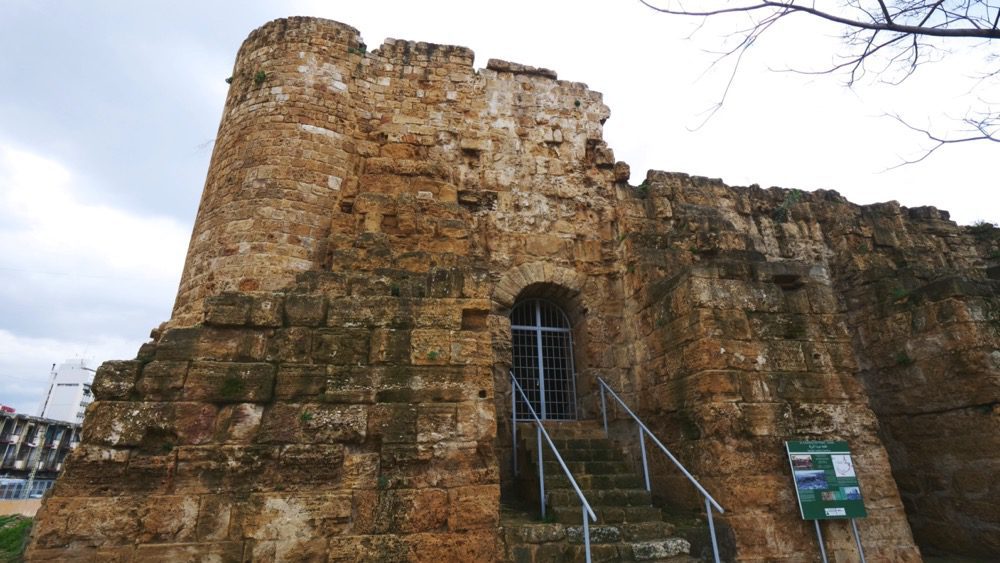
One of the top attractions in the city is Saint Louis Castle, which dates back to 1254. Built by the French during the Crusades, the site is now overgrown and in ruins. It has withstood attacks, looting, and partial collapses, and is still quite impressive!
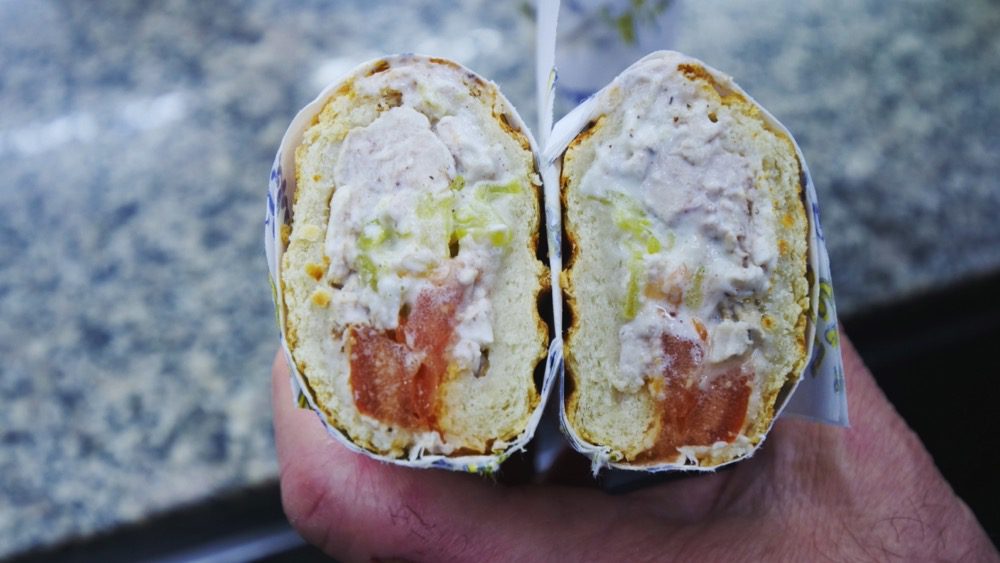
One of my personal favorite things about traveling is exploring the local cuisine. I love trying unusual dishes that are unique to their location, and I found two on the outskirts of Sidon’s Old Town. There, my guide Nico and I visited a popular shop that sells sheep brain and sheep tongue sandwiches!
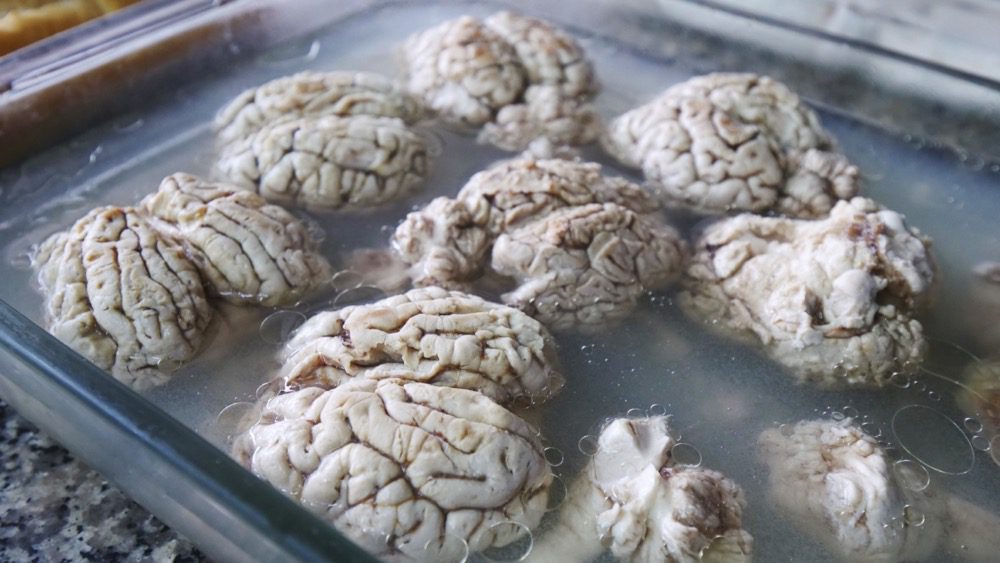
I’m a big fan of organ meat, so this was right up my alley. First, I tried the brain by itself, seasoned with a bit of salt and pepper. It had a soft, smooth texture and a unique flavor that isn’t iron-rich or gamy like other organ meats.
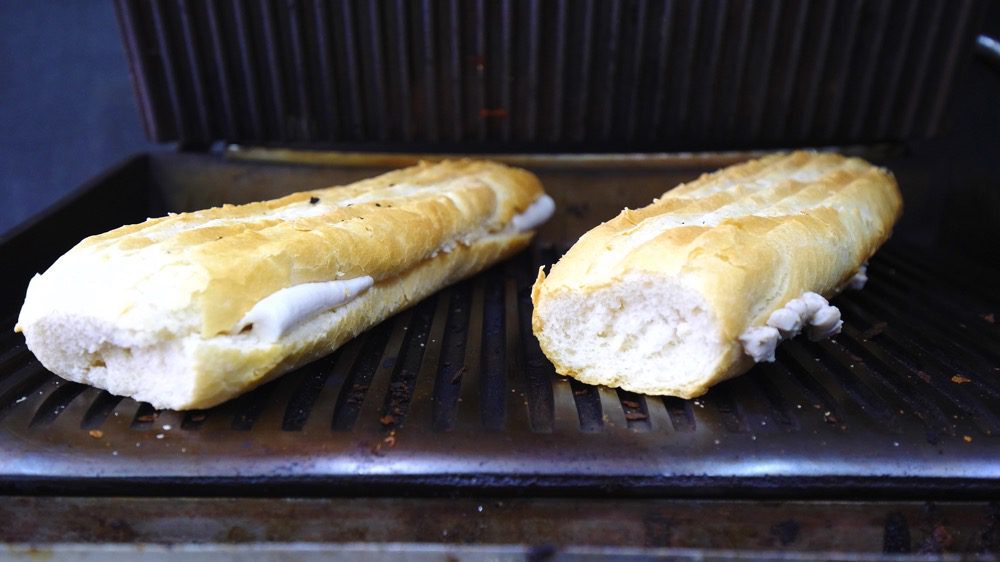
Both sandwiches came topped with tarator (garlic sauce), tomatoes, and pickles on a toasted bun. The tongue had a meaty, tender texture, with a slight organ-like flavor, but I enjoyed the brain more. Later, the shop owners told me if you eat brains, you become smarter! If you’re down for a unique food adventure in Sidon, these are the dishes for you!
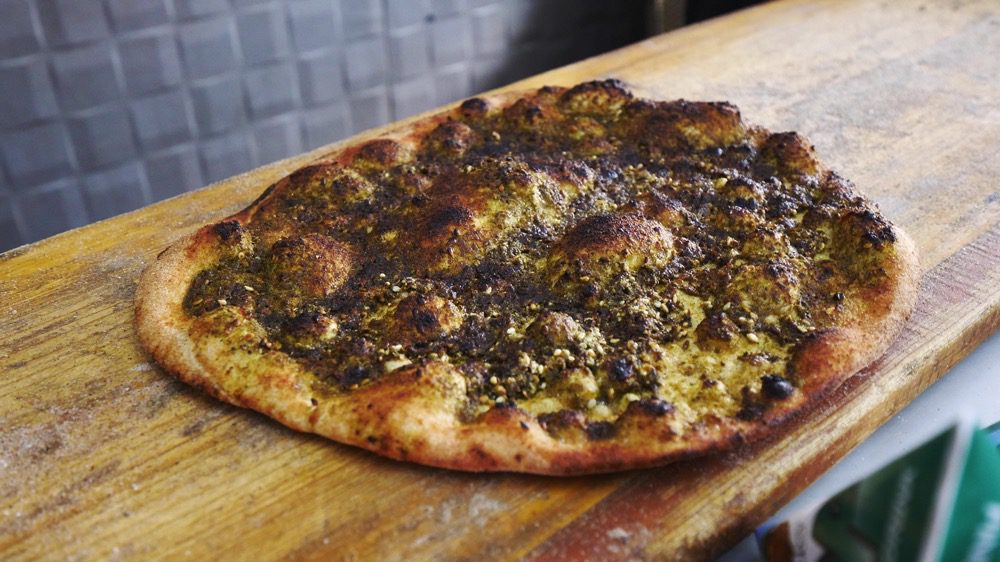
When you visit Lebanon, one dish you will find practically everywhere is manakish. It’s essentially a flatbread topped with ground lamb, giving it an appearance similar to a pizza. One of the best places to have one is a local bakery called Motul.

There, I watched the cooks bake fresh pita along with the manakish. Along with the ground lamb, it also came topped with za’atar (a local spice blend) and cheese. The crispy crust was heavenly, and as a lamb fan, the savory toppings blew me away. No trip to Sidon, Lebanon is complete without devouring at least one manakish!
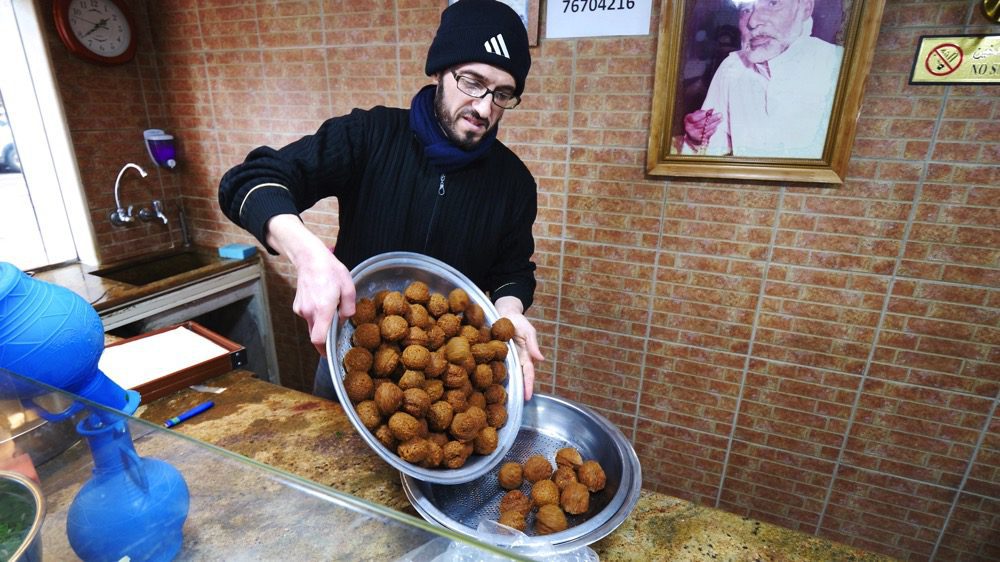
Arguably the most well-known Middle Eastern dish in the world, falafel is another must when in Lebanon. They’re essentially little, round fritters made from ground chickpeas, fava beans, and sometimes wheat flour. They’re great by themselves, but you can also get them in a sandwich.
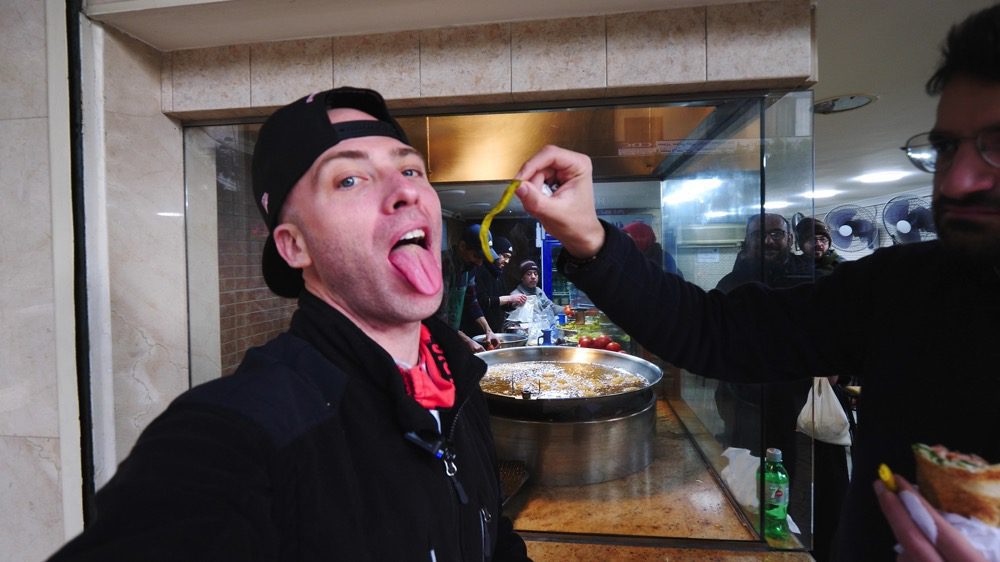
To try some, Nico took me to the best falafel shop in Sidon, Lebanon, Falafel Al Akkawi. There, we got to watch the cooks fry the falafel in large vats of oil. While we waited, Nico fed me a delicious chili, which we’d have in our falafel sandwiches. It reminded me of peperoncino and had a nice flavor.
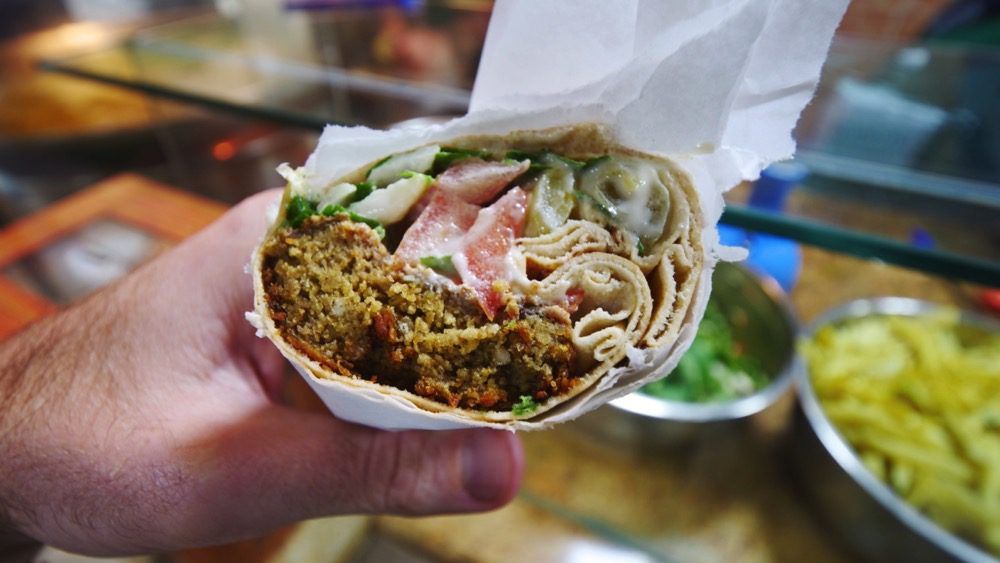
The actual falafel sandwiches came loaded with crispy falafel, a lemony tartar sauce, onions, chilies, tomatoes, pickles, and parsley. Despite the fried falafel, it felt like a delicious, healthy snack. I also loved the contrast of the crispy and creamy textures. The onions, parsley, and tomatoes added a freshness that balanced the heavier falafel. And at just over $1 USD, these sandwiches are practically a steal!
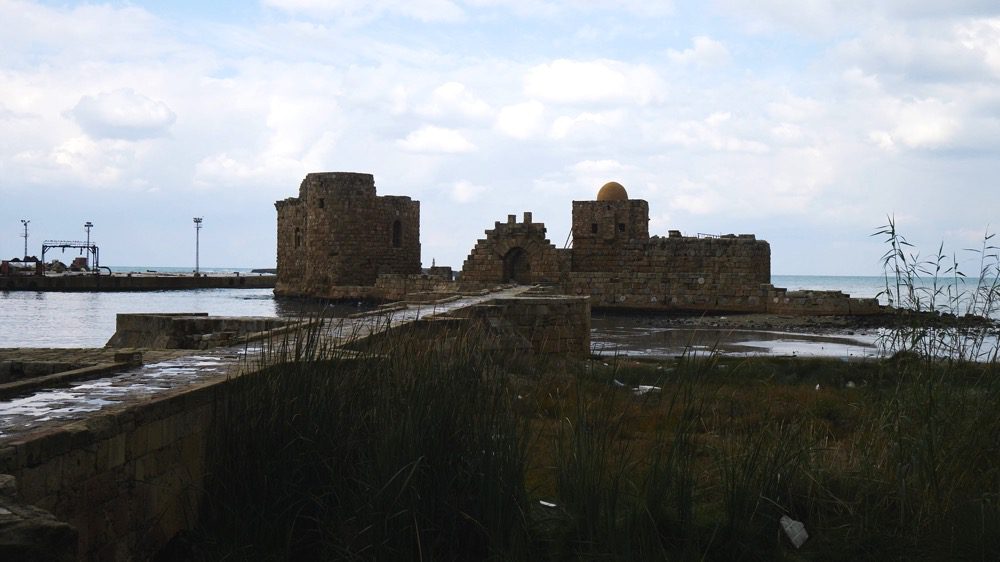
Perched majestically on the Mediterranean Sea coast, Sidon Sea Castle is a sight to behold. Built in the 13th century by the Crusaders, the castle is an impressive blend of history and architecture, with its thick walls, towers, and arched entrance. The ruins also offer stunning views of the Mediterranean.
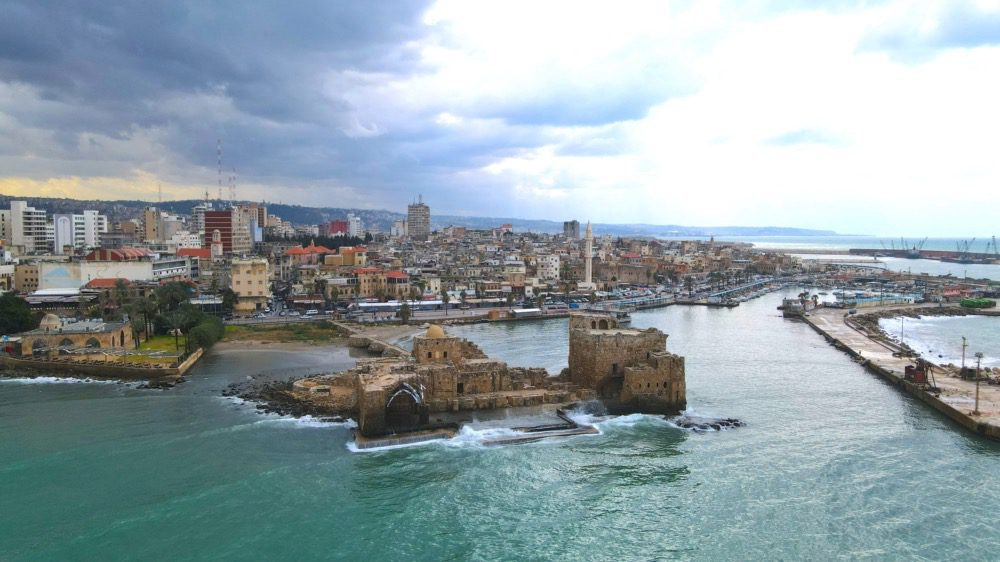
The castle has been restored several times over its long history. The Mamelukes, Mamluks, and Ottomans carried out repairs and renovations over the centuries. Today, the castle is open to visitors, and it is possible to explore its grounds and its many historical features. Inside, visitors can find a museum showcasing the castle’s rich history, an old prison, a chapel, and a mosque. From the castle’s walls, visitors can take in the beautiful views of the Mediterranean Sea.
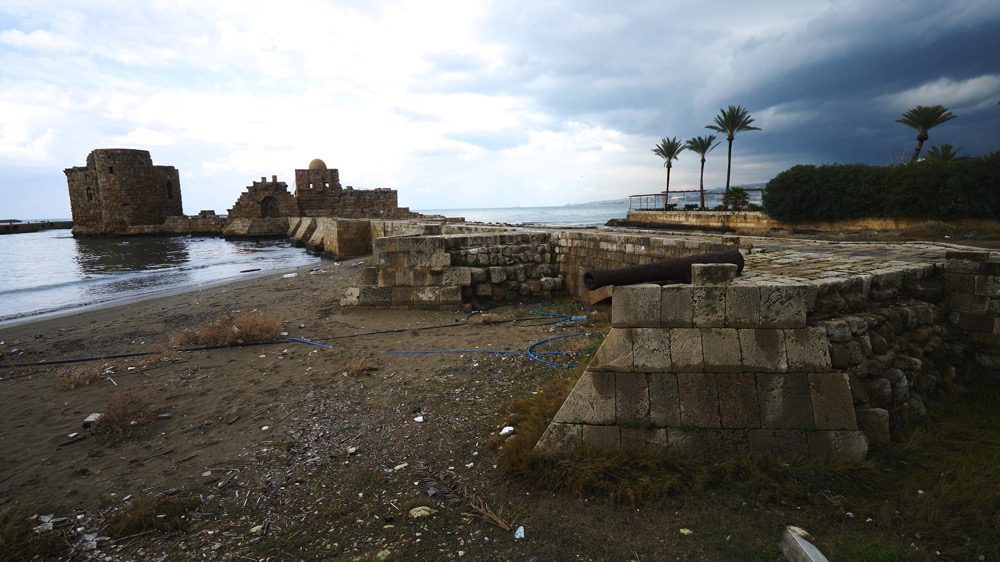
Unfortunately, I was unable to visit the castle during my time in Sidon due to high winds and heavy surf. Just seeing it from afar was a treat. That said, it’s a must for any history buff visiting Sidon, Lebanon.

The charming seaside city of Sidon is a must for anyone traveling through Lebanon. It should be on your itinerary for its history and sea views alone. Add in the fantastic local cuisine and friendly locals and you have a city that’s full of charm, heart, and character. It was one of my favorite destinations during my travels through Lebanon, and I’m sure it’ll be one of yours as well. Book a trip to Sidon, Lebanon now to experience it for yourself!
Counter
101 Countries • 1432 Cities